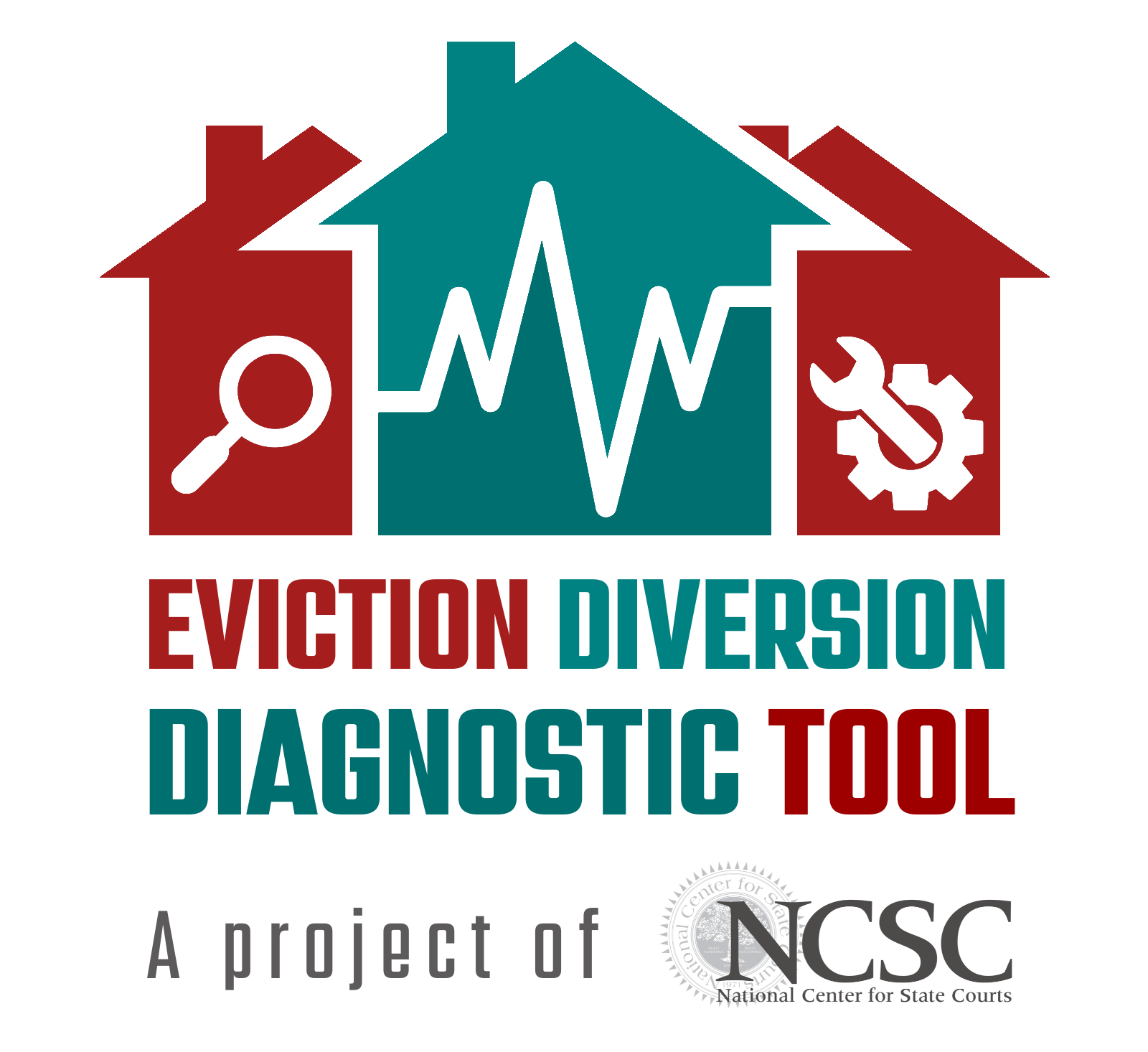Eviction diversion program types & related activities
NCSC has identified three broad types of eviction diversion programs, which are described below. To see which type might be the best fit for your jurisdiction, and to get customized guidance and examples, be sure to use the Eviction Diversion Diagnostic Tool mentioned above.
- Full - A full eviction diversion model adds a mandatory case management/pre-trial status hearing to the beginning of each case. This additional court date builds in time for the parties to access available resources in their jurisdiction and for the judicial officer to review the case for appropriate jurisdiction (including service of process, notice, and any required attachments to the complaint). At this time, the judicial officer may refer the case directly to eviction diversion (ideally partnering with a case facilitator, civil legal aid or pro bono program, housing counselor, rental assistance screener, and/or mediator). In this model, the judicial officer should also postpone issuing a final judgment until the parties have been able to fully take advantage of the available program resources, including applying for rental assistance.
- Medium - In a medium eviction diversion model, the court provides for eviction diversion through a general administrative order, but without a mandatory case management/pre-trial status hearing at the beginning of the case. Parties may be referred to a court-based or court-adjacent eviction diversion program, depending on other desired characteristics. If a case is referred to eviction diversion the judicial officer should postpone issuing a final judgment until the parties have been able to fully take advantage of the available program resources, including applying for rental assistance.
- Light – In a light eviction diversion program, the court provides information about optional pre-filing resources including legal aid, mediation, and rental assistance. While the court process remains the same once an eviction case is filed, parties are encouraged to consider alternatives to litigation before moving forward with filing a case. The court may also postpone issuing a final judgment until the parties have been able to take advantage of any available resources, including applying for rental assistance.
While referrals to legal and social service providers are a core part of eviction diversion, a successful program should also develop strong community partnerships, improve written and electronic communications, and make court procedures more streamlined and navigable when possible. Courts should consider the following to strengthen their eviction diversion programs and to improve the overall court experience for all users:
- Create self-help materials and legal information – Courts can create printed or web-based materials such as brochures, flyers, checklists, videos and charts to explain processes, court events, legal definitions and laws related to eviction, as well as information about the availability of rental assistance and legal aid.
- Collaborate on outreach activities - Courts can work with community partners to spread the word about eviction diversion programs and resources available, like legal aid, mediation, housing counselors, and rental assistance. Consider working with places of worship, community centers, libraries, social service offices and food pantries.
- Make courts more accessible – Courts can increase access and reduce wait times by offering virtual court options, scheduling cases in smaller batches, or adding evening or weekend court calls. They can also consider using navigators or facilitators to support litigants in understanding the court process and accessing resources.
You can also find additional eviction resources for your court here.
Contact us
- If you're interested in learning more about eviction diversion programs, we are happy to help. Please contact Principal Court Management Consultant Samira Nazem for more information or to schedule an eviction diversion consultation.
